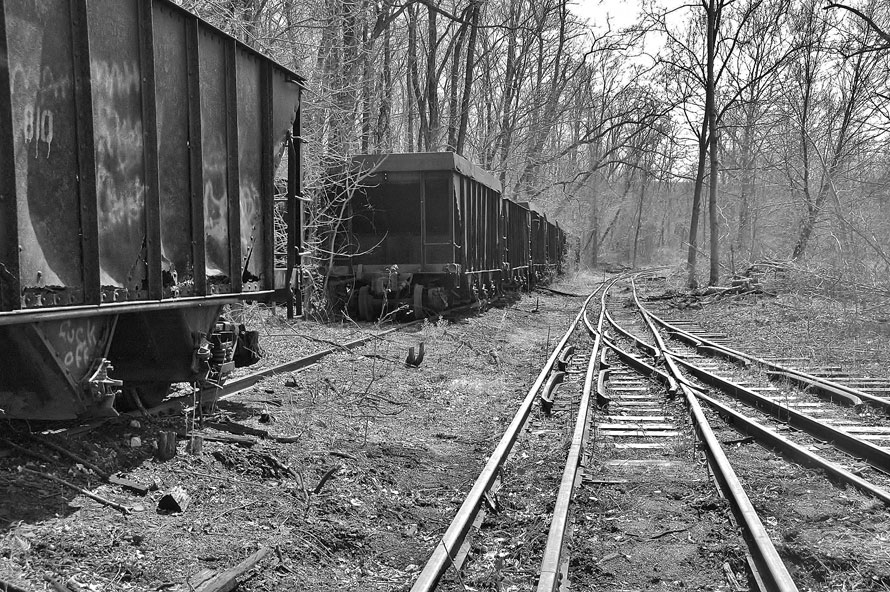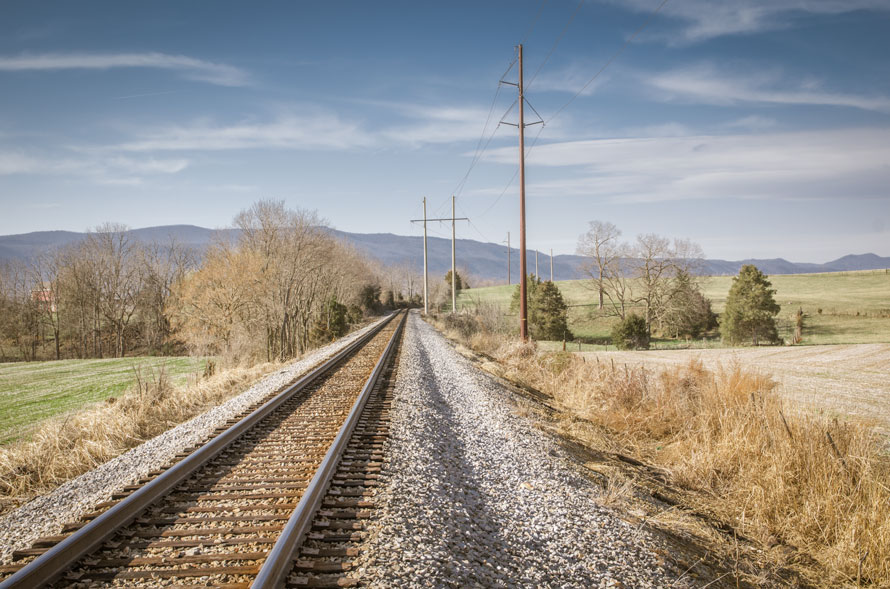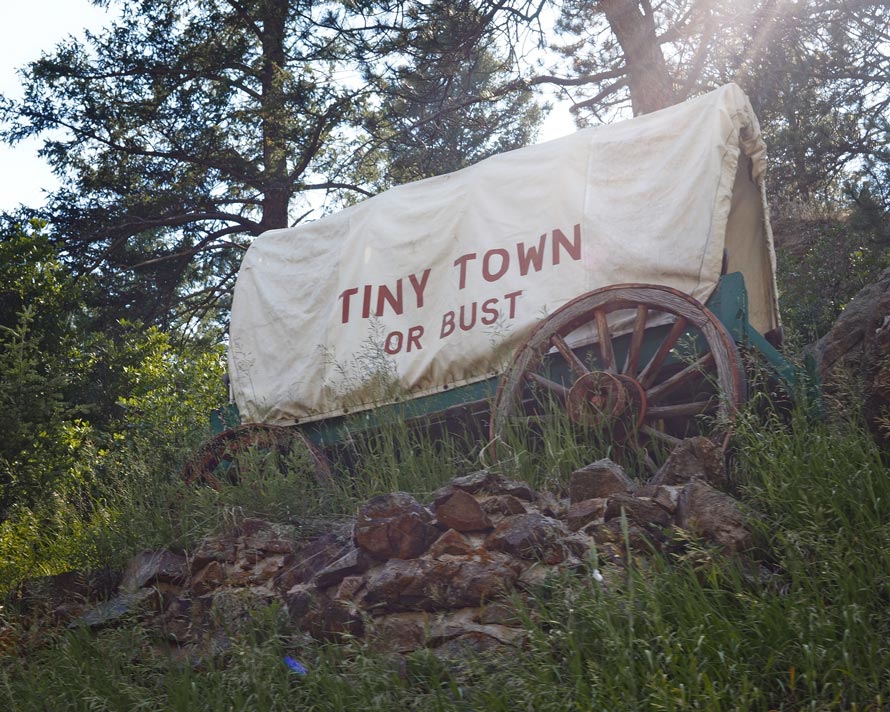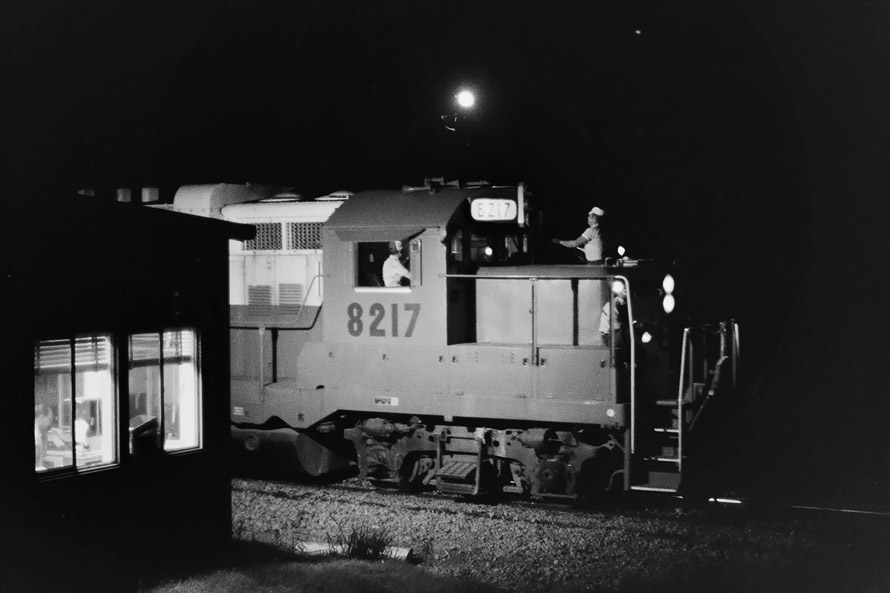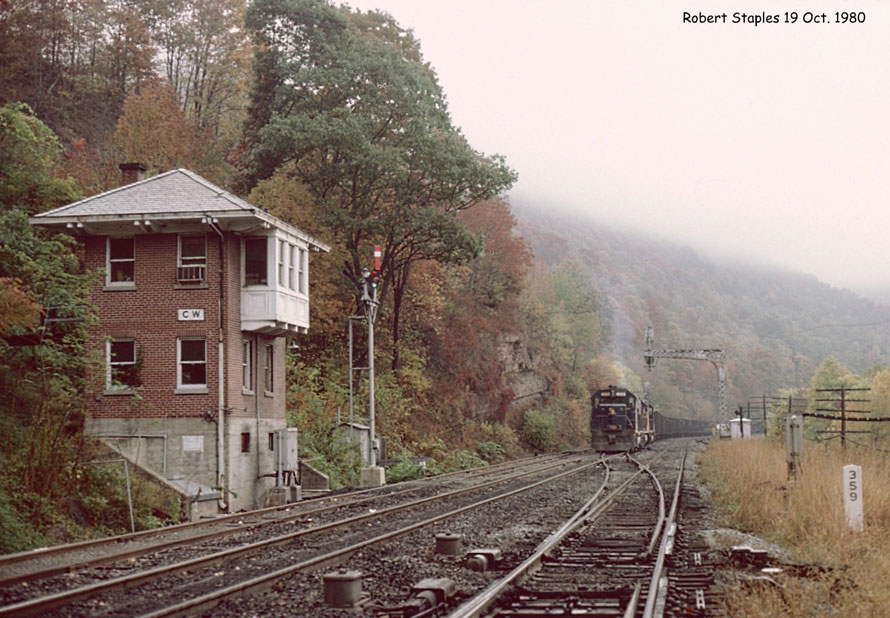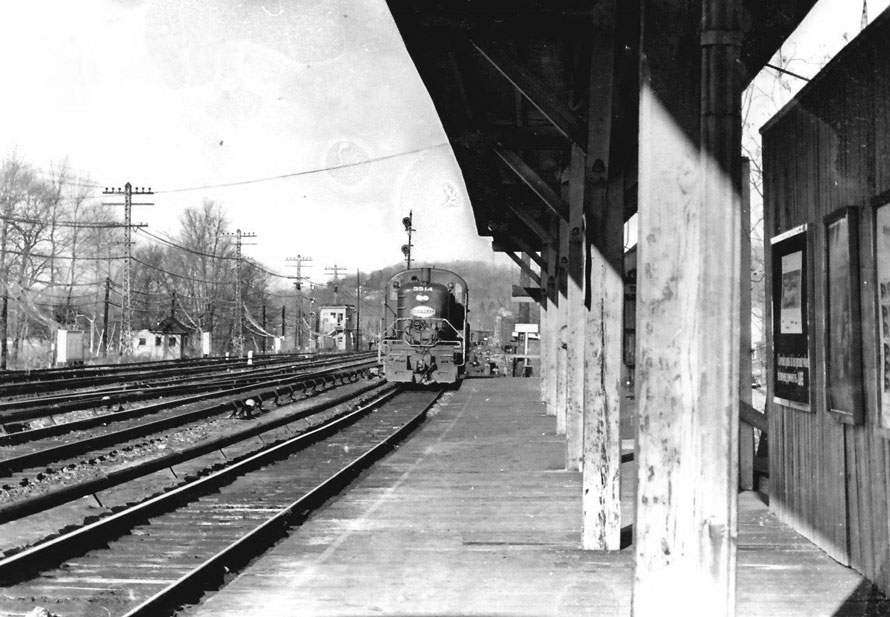
By the mid 1960s, my father was still working a “relief” job. This meant OW on Mondays, JO on Tuesday and Wednesday, and NW on Thursday and Friday. For several years the railroad was short on towermen, and my dad worked his days off at NW. Saturday was my big day to go with him. My dad was always a good relief and came in early—most men were. Jim Donahue was the day man and was ready to leave after we showed up and he let my dad know if anything was not normal. That meant with the interlocking machine as well as trains not running in their normal order.
